MNIT partners with Revenue to help create a better user experience
6/25/2019 3:10:03 PM

On June 4, the Minnesota Department of Revenue (Revenue) announced the launch of their new website, www.revenue.state.mn.us. The website, which serves as hub for individuals, businesses, tax professionals, researchers, and government partners looking for specific tax-related information, was developed with the end-user’s experience in mind.
The work on this initiative began nearly three years ago, with usability testing done in 2016 and initial requirements documented in 2017. Work on Revenue’s new Drupal website began in July 2018 with a detailed requirements elicitation. Early in the project planning stages, Revenue used the technology tools it had in place on the old website to help determine trends and site traffic – data-driven decision-making that helped the Department of Revenue work with Minnesota IT Services (MNIT) to shape the look, feel, and content on the public website.
The project’s success was a result of strong collaboration across agencies, teams, and divisions.
“The teams working on this project, in my view, embodied what is possible with an iterative project approach. All teams – regardless if the team member was from MNIT partnering with Revenue, Revenue, or a vendor – were active, transparent, and supportive of everyone else. Everyone worked together to overcome obstacles and the whole project was better off as a result.”
Lexi Hafften - Business Analyst
MNIT technology leads supported Revenue in three key areas: 1) project management, 2) business analysis and quality assurance (QA), and 3) development. MNIT staff based at Revenue coordinated with the product owner (the Communications division at Revenue) to make sure that requirements for the website’s features and functions were captured and documented, that the business’s needs were being met during development, and that the schedule and budget remained on track.
During project development, Revenue and MNIT put out a call to agency-based IT leads for additional support – anyone who was interested in working with Drupal and eager to learn something new was invited to participate in the project. This “grassroots” effort pulled in diverse skillsets, staff learned from each other in the process and ultimately enhanced Minnesotan’s digital experience with critical government services through the improved website.
By working in partnership with vendors who skillfully used Agile Methodology for project management, the project team was able to learn new techniques and efficiencies from them as well.
“The vendors were doing Agile really well, and we’ve been able to learn from that. We can apply some of those strengths to other projects, and our partners are noticing as we mature.”
Todd Meissner - Project Manager
Several driving factors contributed to the project’s success, namely:

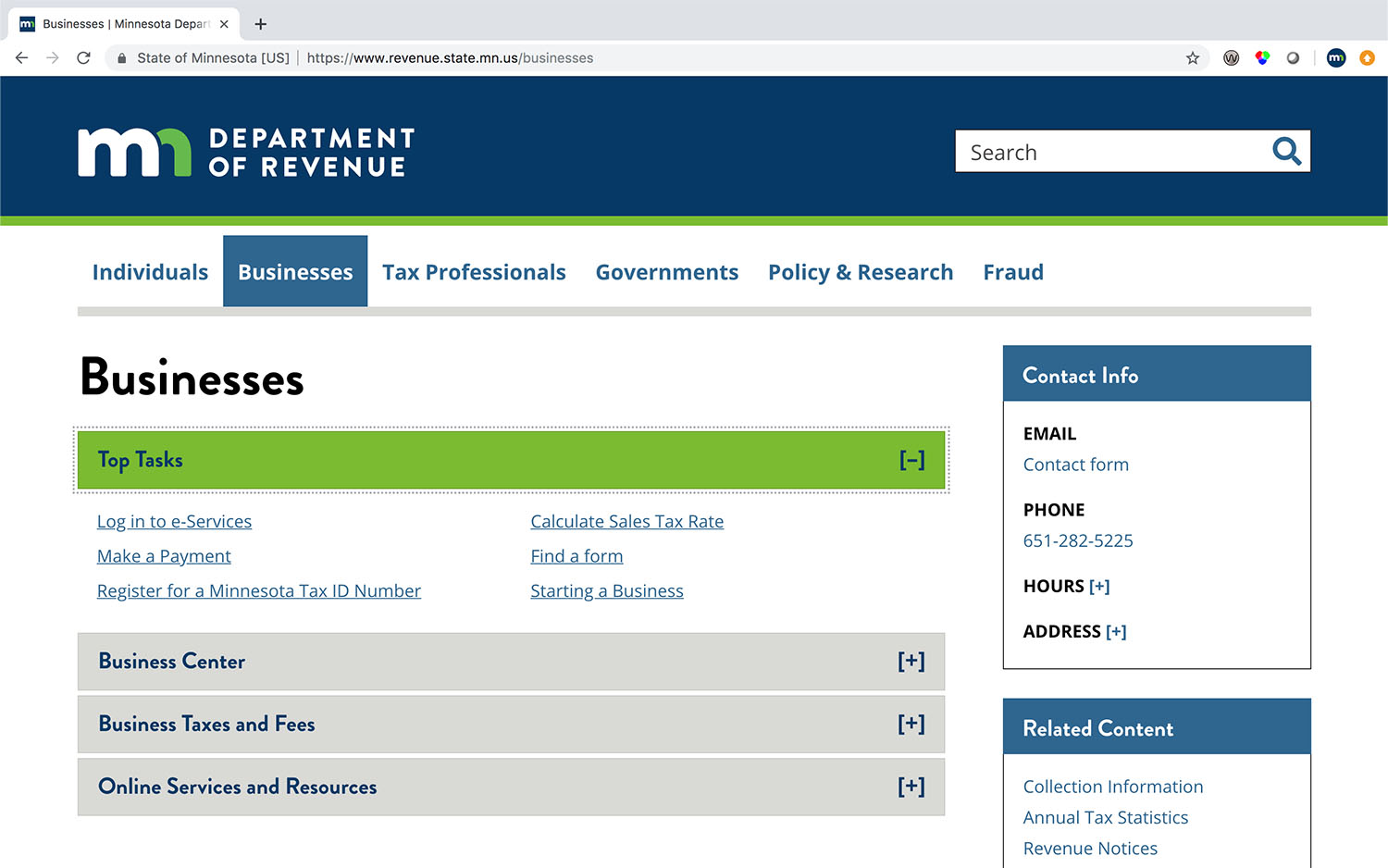
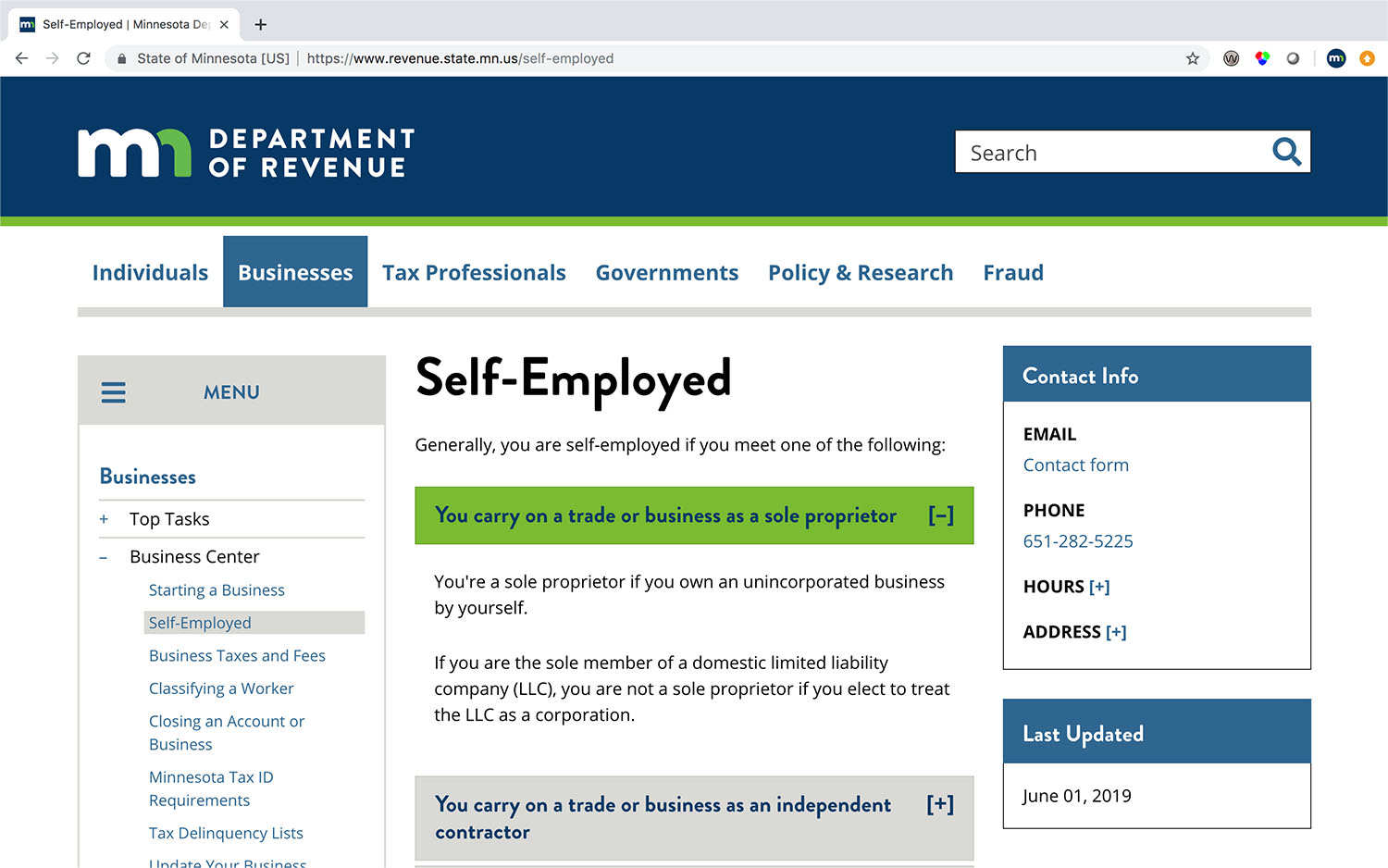
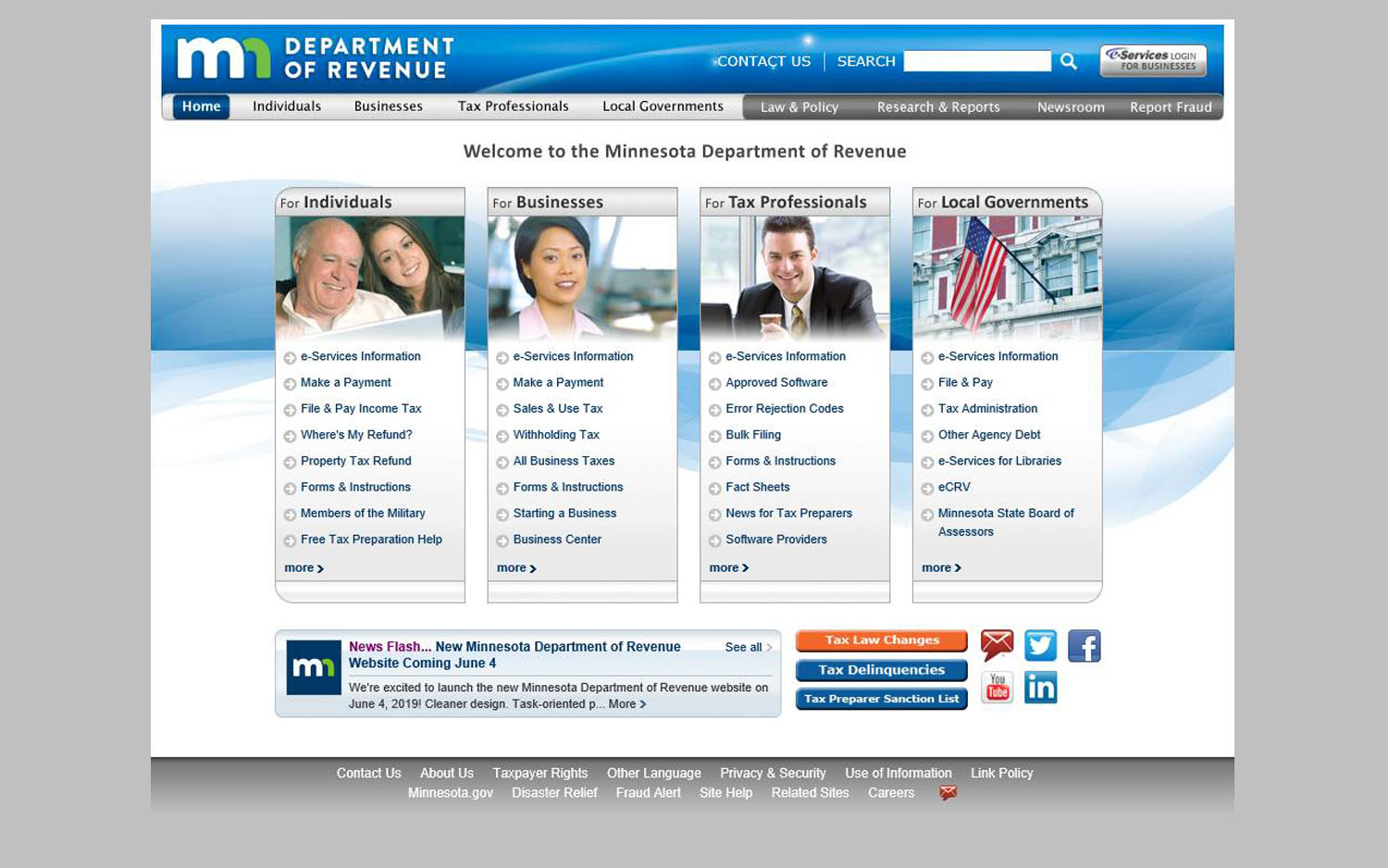
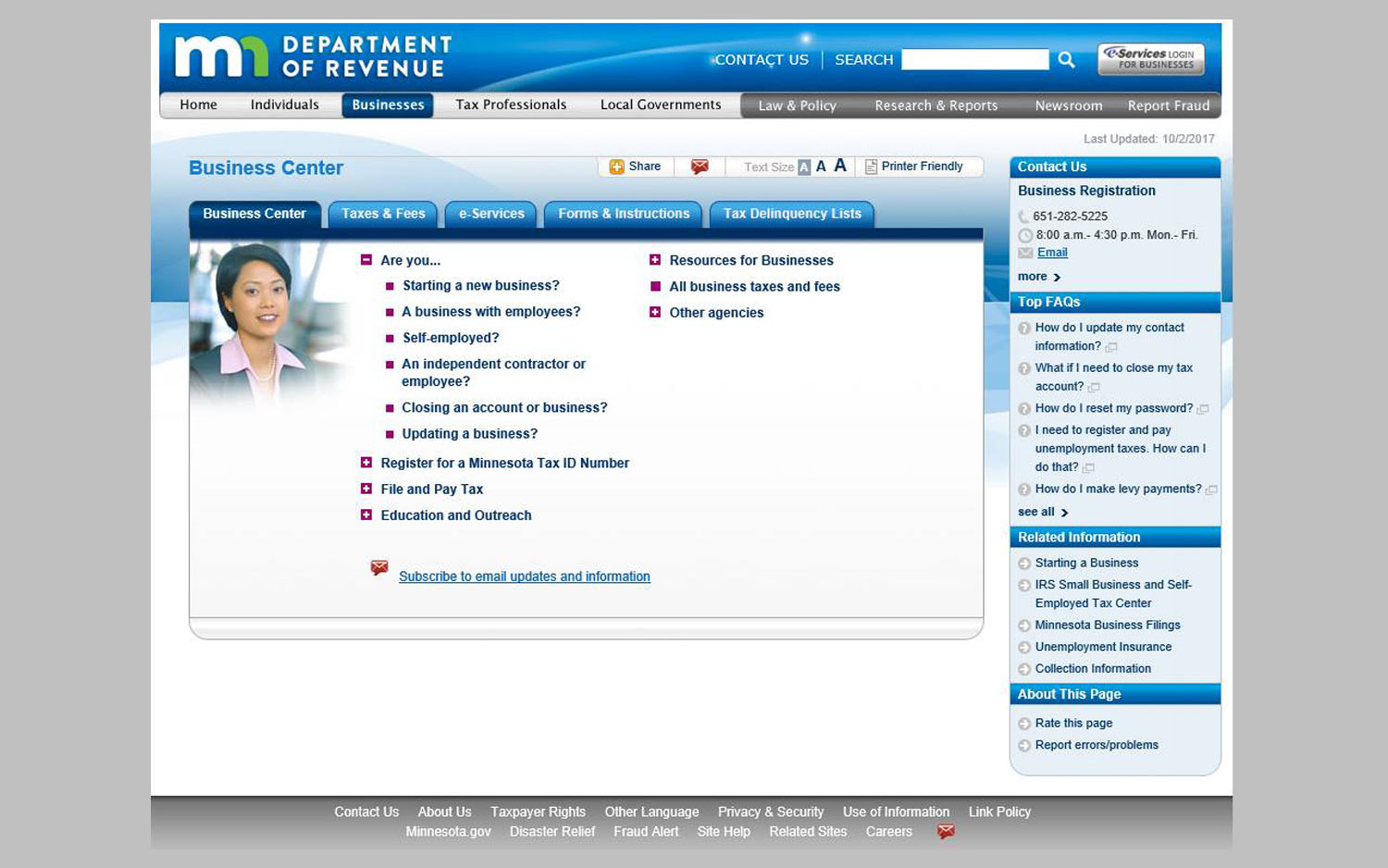
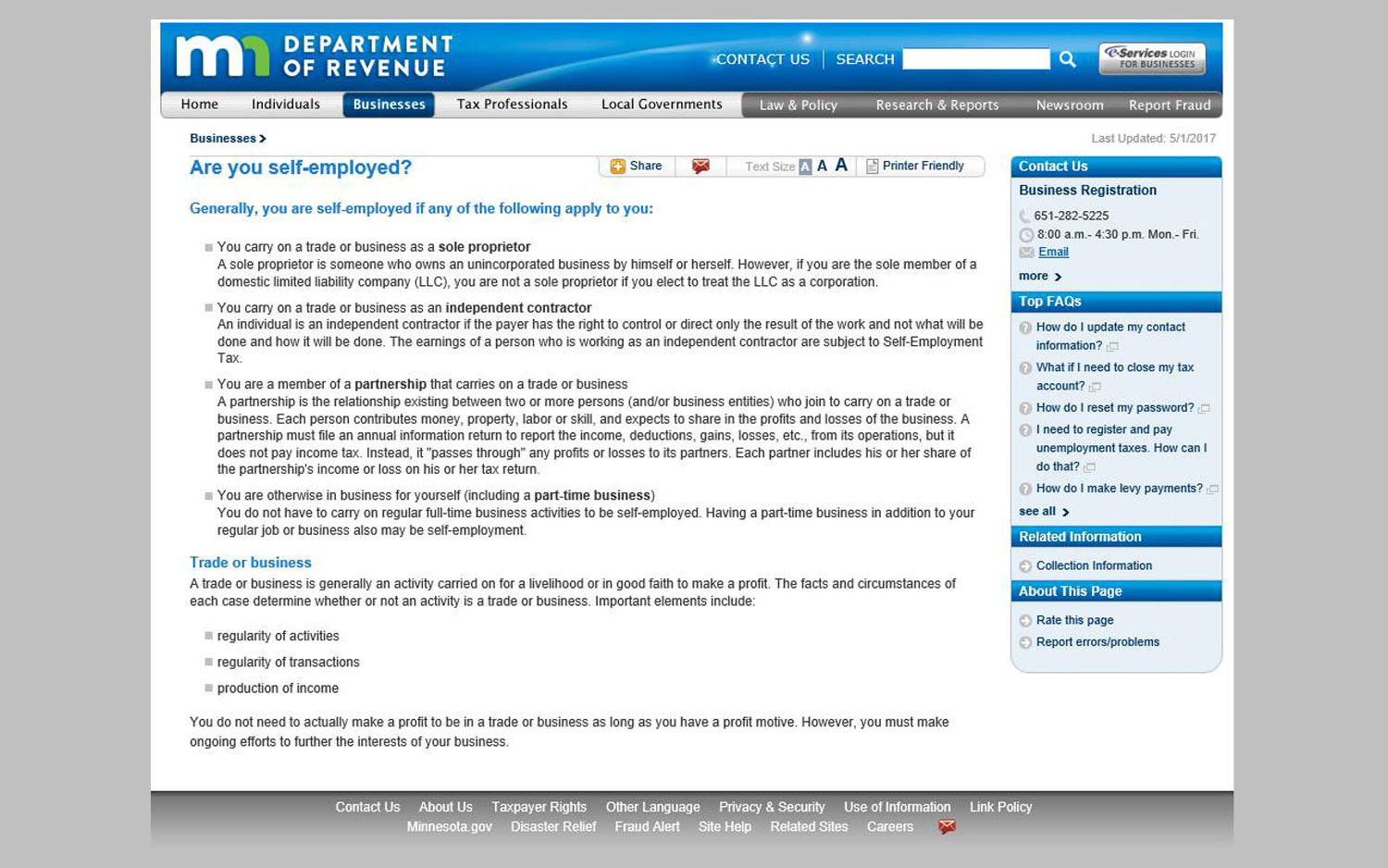
Digital Government